PlantNet - Identify plants easily
Identify plants instantly with a snap - from lush gardens to wild trails.
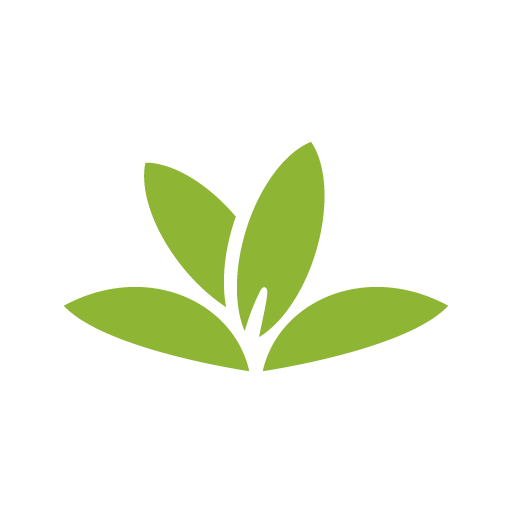
- 3.19.3 Version
- 4.3 Score
- 20M+ Downloads
- Free License
- 7+ Content Rating
PlantNet is a smartphone application that enables users to identify plants by taking photos of them. It is particularly helpful in situations where a botanist is not readily available. Beyond its identification function, PlantNet serves as a valuable citizen science initiative. The images of plants captured by users are amassed and examined by scientists worldwide to enhance comprehension of plant biodiversity evolution and ensure its preservation.
PlantNet facilitates the identification and exploration of various plant species found in natural environments like flowering plants, trees, grasses, conifers, ferns, vines, wild salads, and cacti. While it can also identify many cultivated plants in gardens and parks, this is not its primary focus. Wild plants, which can be observed in nature, along sidewalks in cities, or amidst backyard gardens, are particularly emphasized for inventorying by PlantNet users.
For accurate identifications, providing ample visual information about the observed plant is key. Some species may look similar from a distance, with minute details differentiating them. Notably, photographs of flowers, fruits, and leaves are crucial in distinguishing species within a genus. Additional details such as thorns, buds, or stem hair can also aid in identification. While whole plant or tree images are helpful, they may not always suffice for reliable identification.
Currently, PlantNet can recognize around 20,000 species, still a fraction of Earth's 360,000 plant species. Yet, the app continually expands its database through user contributions, emphasizing active participation. Observations made by users undergo community review and may be featured in the application's species photo gallery eventually.
How does the PlantNet Plant Identification app work?
Working with PlantNet Plant Identification is very easy. Once you download and install the app on your Android smartphone, you will find it on your home screen or in your apps list. It's easy to recognize because it uses a green plant icon.
When you open PlantNet you're greeted by a screen on which you can choose what database of plants you want to use. It's preferable to choose the database that matches the region you live in or, if you want to identify plants that you grow in your garden or on your balcony, choose the Useful plants (Cultivated and ornamental plants). For each database of plants available the app tells you the number of plant species known and the total number of plants pictures.
Once you have chosen the database that you want to use, you can either go ahead and read the News - which are the latest plants added to the database, browse the database via the Explorer tab of the app, or add a new picture or plant using the Camera button that's found on the bottom right corner of the app. Note that after you add some plants, you'll find all of them listed in the My Observations tab.
PlantNet can identify plants from pictures found in your smartphone's gallery or from a photo you take directly with the app. Choose the method you prefer.
If you decide to use a picture from your gallery, skip this step and move on to the next one. If you choose to take a photo right now, PlantNet opens the camera and lets you shoot a photo. Make sure that the picture has a full leaf, flower, fruit or stem of the plant you want to identify. Also, if you can, try to take a photo of the plant with a simple background. Avoid multiple plants in the same photo. That's important because it makes the identification process easier and more reliable.
After you've chosen your subject plant and taken the picture, tap the OK button to use it with PlantNet.
Once PlantNet has a photo to work with, it will ask you whether it contains a Leaf, Flower, Fruit or the Stem of the plant you want to identify. Select the one that applies to your observation.
PlantNet then starts to look for plants from the database that match the photo you've used. When it identifies it correctly, the app shows you the result. And, if more results match the plant you've uploaded, you'll see them all listed one after the other. Either way, you will have to confirm the fact that the plant you've identified is one of the species from the list. This is one of the ways in which PlantNet manages to improve its databases and probably also the visual recognition software that sits at the core of the app.
Once you've confirmed the plant you were trying to identify, the app lets you know that "Your observation will be reviewed by the community."
NOTE: For all of the above to work you must have a working internet connection. Otherwise, the app cannot upload the photo(s) and download the matching results from the database.
Sometimes it can happen that you don't manage to find out what a certain plant is because either the app failed to find a match in the databases you used or because that specific plant has yet to be added by someone else. Even in such situations, all hope is not lost, as that plant is saved in your list of observations, to which you can come back later and re-check. Or, if you are a botanist or have the extensive botanical knowledge, you can manually add a new plant to the database and help others identify it in the future. 🙂
Working with the PlantNet Android app is easy and pretty straightforward. There are no complicated things to do, and the process of identifying or adding new plants to the databases is also fast and straightforward.
The updated version of PlantNet introduced in January 2019 includes several enhancements and new functionalities:
- Genus or family-based filtering of recognized species.
- Skill-based differentiated data review, favoring experienced users (based on observed species validated by the community).
- Re-identification of shared observations, whether user's or others using the app.
- Multi-flora identification enabling searches across all floras in the app, useful when uncertain about the specific flora to search in.
- Bookmarking favorite floras for quick access.
- Taxonomic level navigation via image galleries.
- Mapping of user observations.
- Access to numerous factsheets.
- Version3.19.3
- UpdateSep 20, 2024
- DeveloperPlantNet
- CategoryEducation
- Requires AndroidAndroid 5.0+
- Downloads20M+
- Package Nameorg.plantnet
- Signatureffd17ae0087e2457ce7fb1b2a3c6df3b
- Available on
- ReportFlag as inappropriate
-
NameSizeDownload
-
86.08 MB
-
85.49 MB
-
85.49 MB







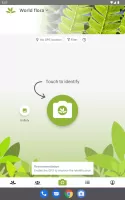
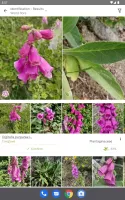
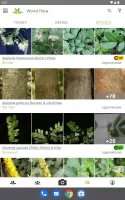
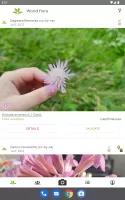
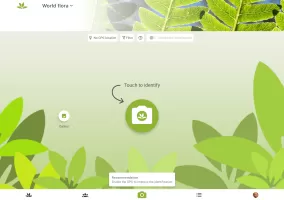
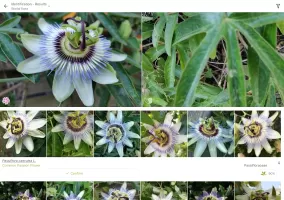
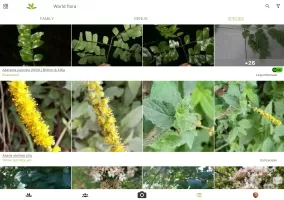
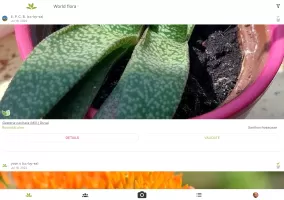

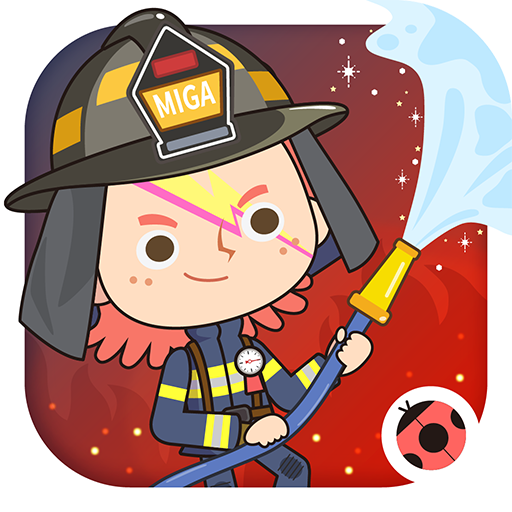







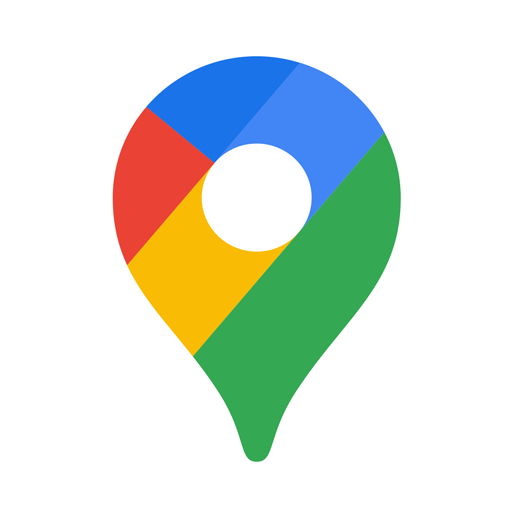








It helps you identify many plants that grow in many places around the world
It can recognize ornamental plants, regardless of the world region you live in
All its users help the databases grow each day
Any layperson can confirm his or her findings